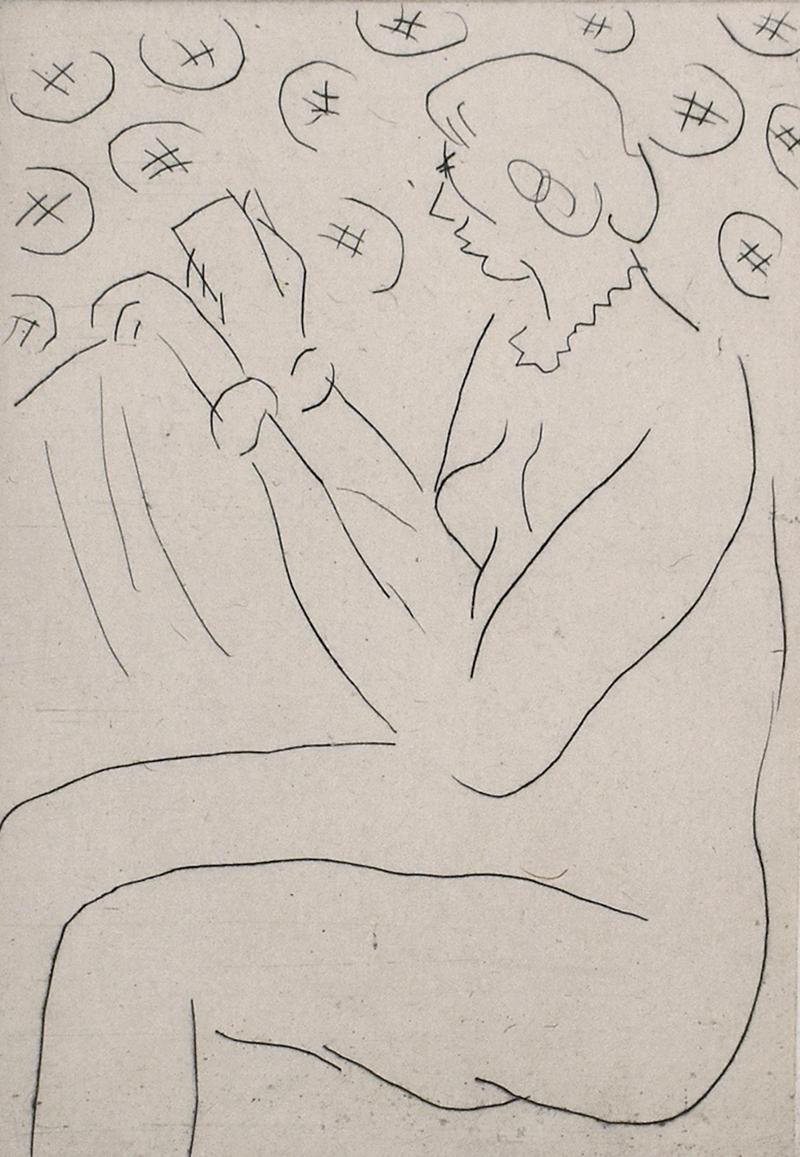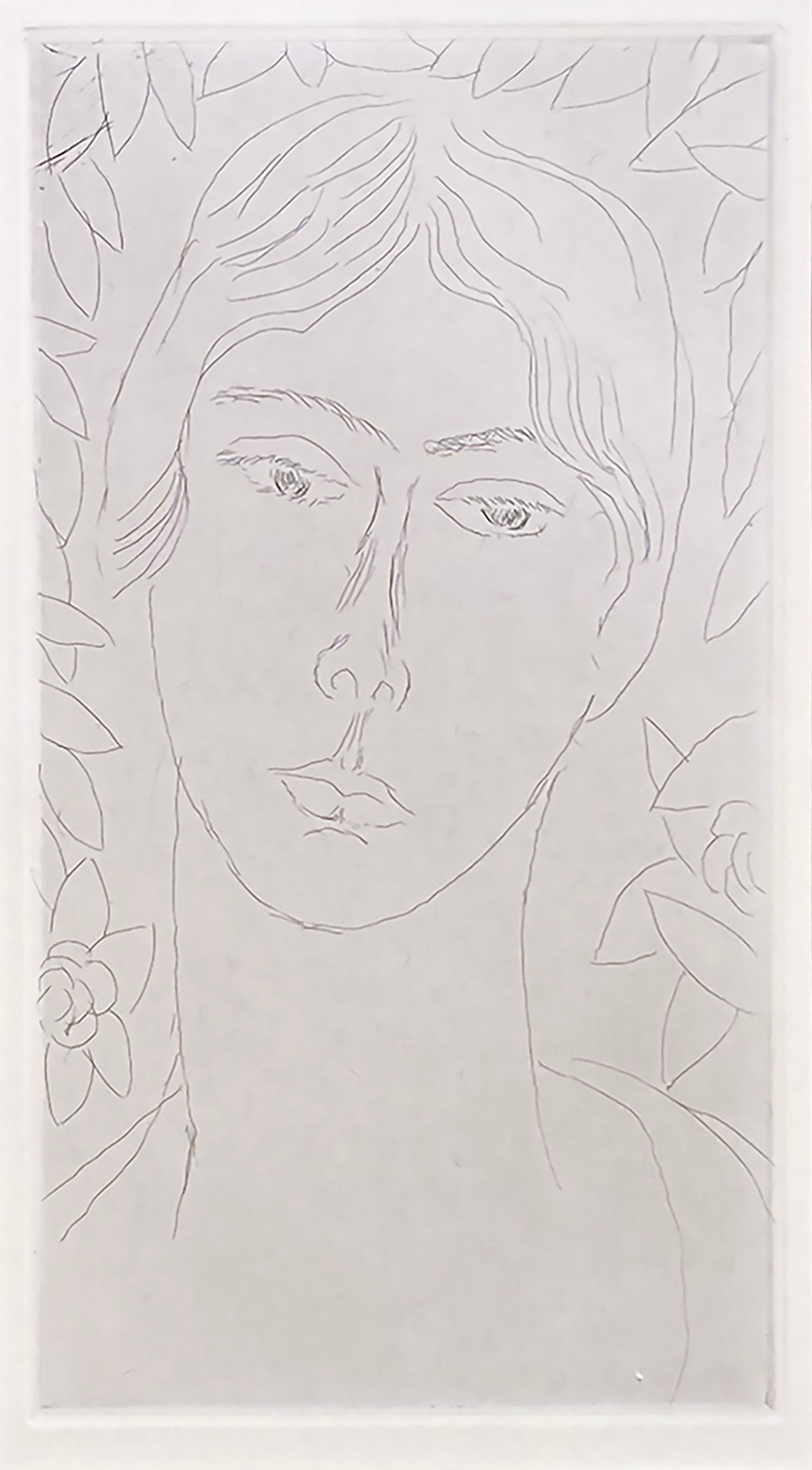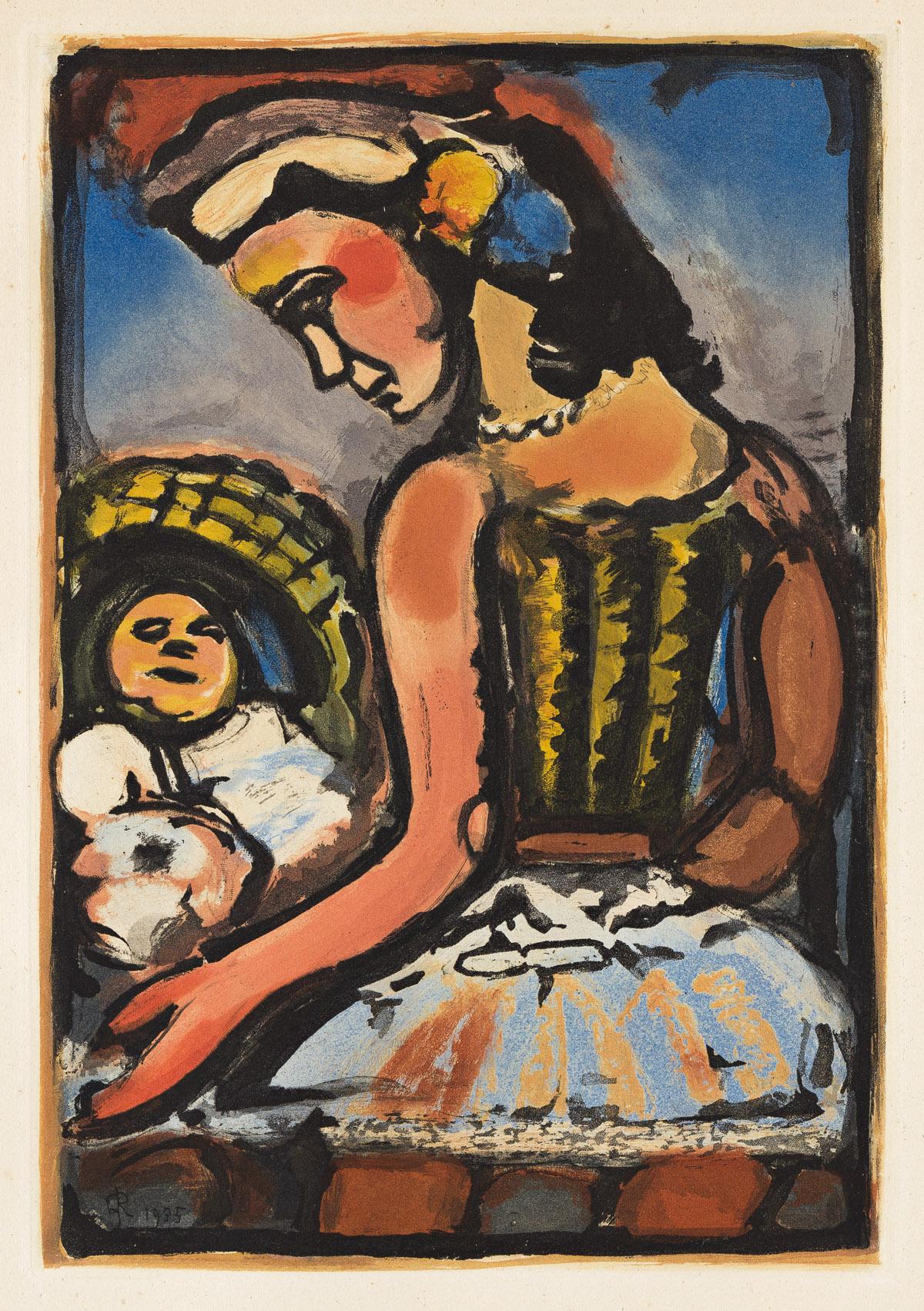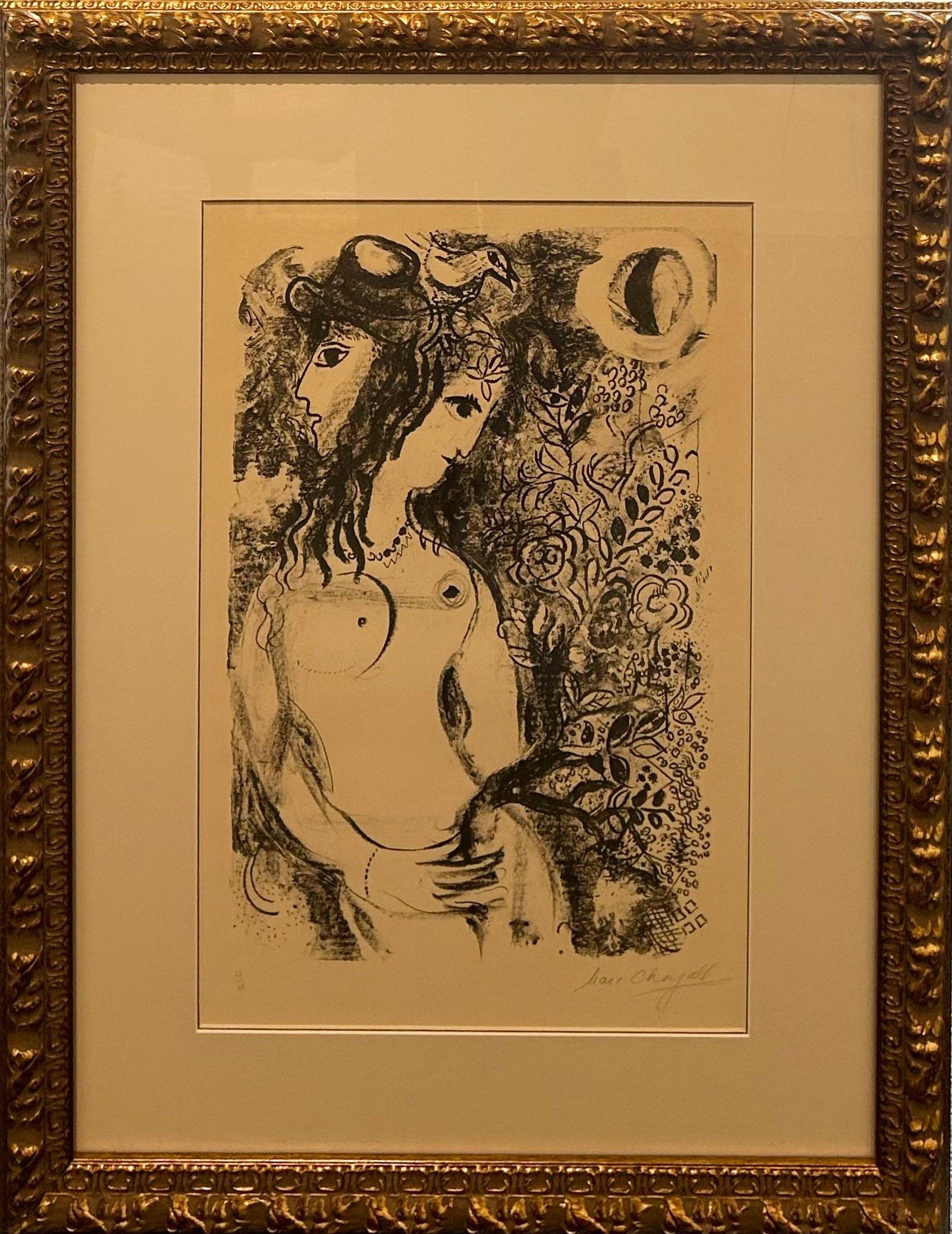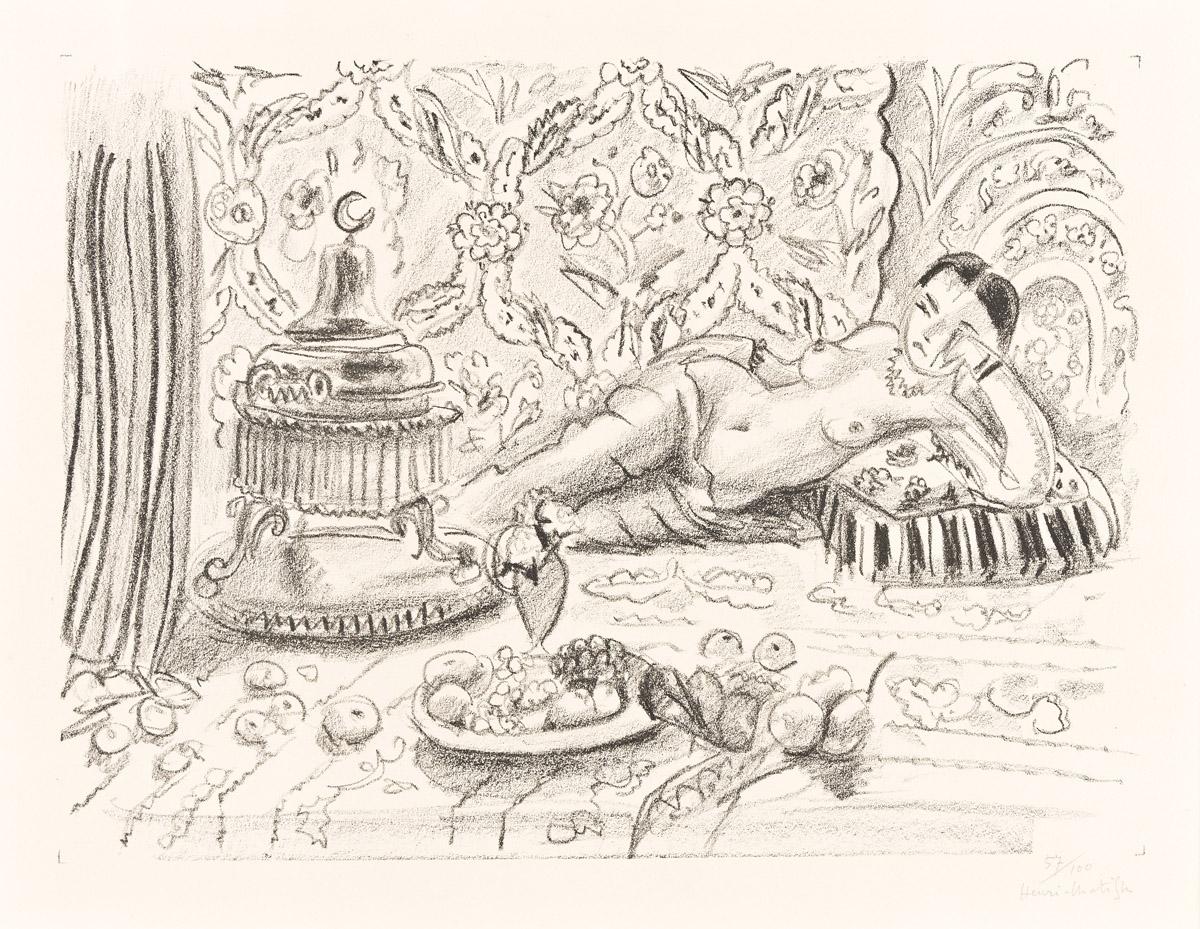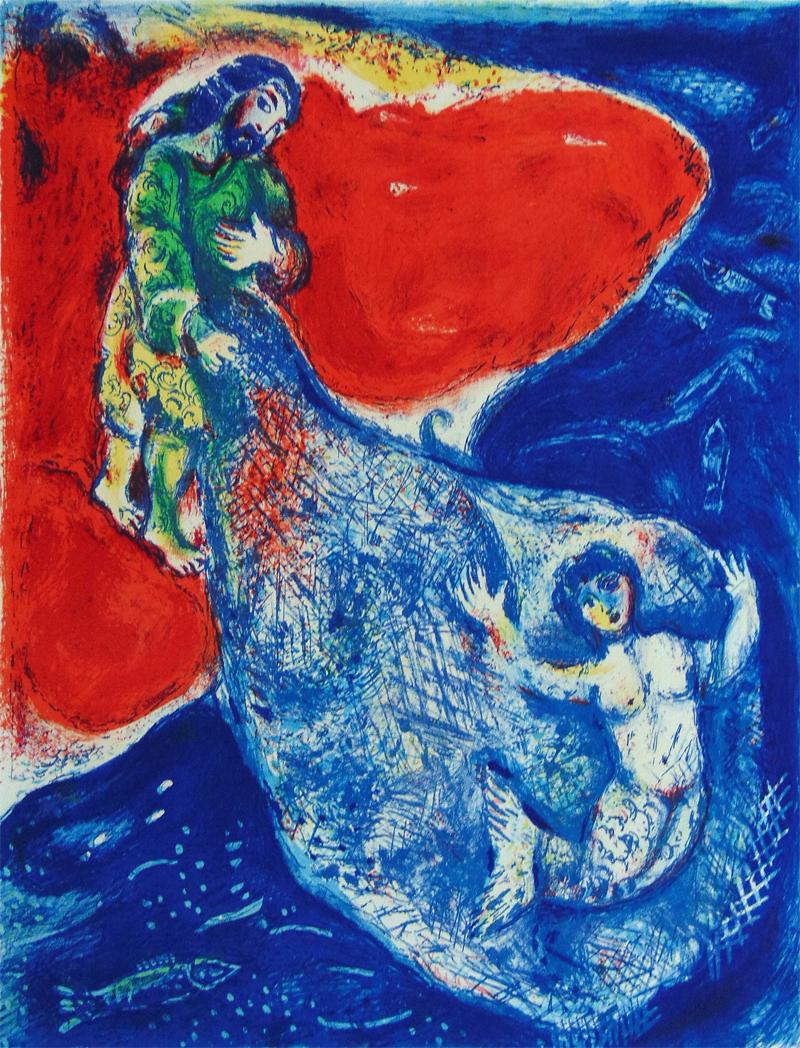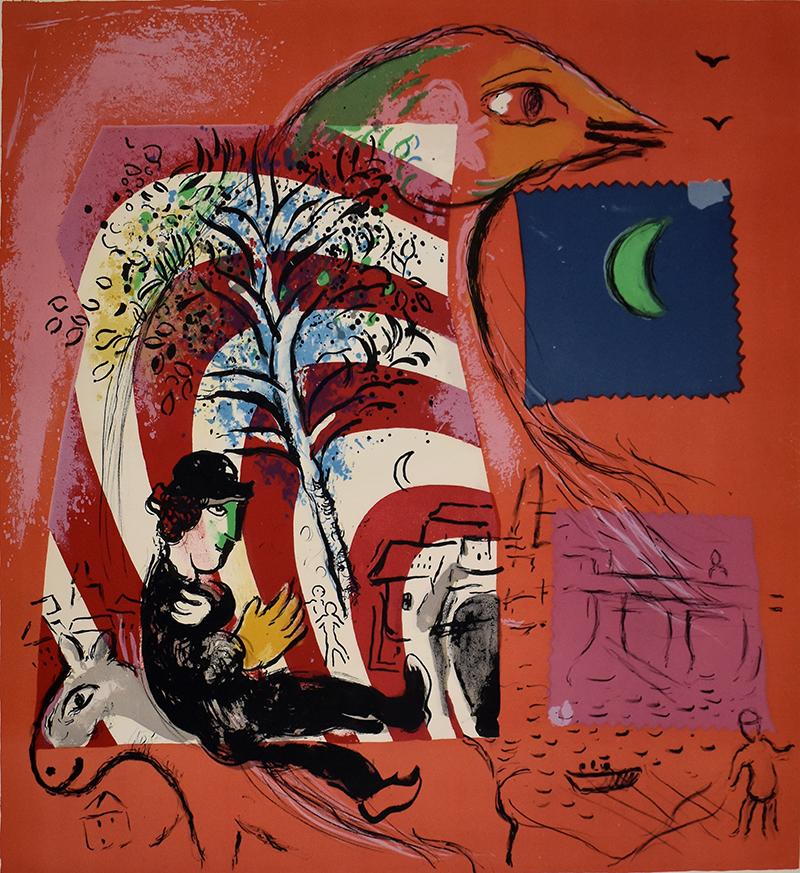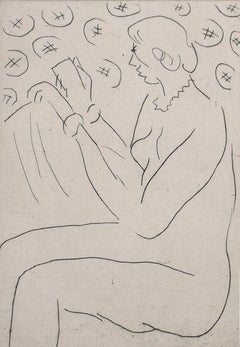"Portents", Plate 41 from Rouault's Miserere
View Similar Items
1 of 7
Georges Rouault"Portents", Plate 41 from Rouault's Miserere1923
1923
About the Item
- Creator:Georges Rouault (1871-1958, French)
- Creation Year:1923
- Dimensions:Height: 19.75 in (50.17 cm)Width: 17.25 in (43.82 cm)
- Medium:
- Movement & Style:
- Period:
- Condition:
- Gallery Location:New York, NY
- Reference Number:1stDibs: LU5181033933
You May Also Like
- Figure Reading - Etching - Fauvism - French ArtBy Henri MatisseLocated in London, GBHENRI MATISSE 1869-1954 (Emile Benoît) Le Cateau-Cambrésis 1869-1954 Nice (French) Title: Figure Reading Figure lisant, 1929 Technique: Original Hand Signed and Numbered Etching o...Category
1920s Fauvist Figurative Prints
MaterialsEtching
- Head of a Young Boy - Original Etching, 1946By Henri MatisseLocated in Paris, FRHenri Matisse Head of a Young Boy, 1946 Original etching Printed signature in the plate On BFK Rives vellum, 33 x 25 cm (c. 12,9 x 9,8 inch) Edition limited to 300 copies (unnumbere...Category
1940s Fauvist Figurative Prints
MaterialsEtching
- "Mlle Landsberg" (grade planche, pl. 16)By Henri MatisseLocated in Missouri, MO"Mlle Landsberg" (grade planche, pl. 16), 1914 Henri Matisse (French, 1869-1954) Signed and Numbered Lower Right Edition 12/15 Image size: 7 7/8 x 4 5/16 inches Sheet size: 17 11/16 x 12 1/2 inches With frame: 19 1/2 x 14 1/2 inches Henri Matisse came from a family who were of Flemish origin and lived near the Belgian border. At eight o'clock on the evening of December 31, 1869, he was born in his grandparents' home in the town of Le Cateau in the cheerless far north of France. His father was a self-made seed merchant who was a mixture of determination and tightly coiled tension. Henri had no clear idea of what he wanted to do with his life. He was a twenty-year-old law clerk convalescing from appendicitis when he first began to paint, using a box of colors given to him by his mother. Little more than a year later, in 1890, he had abandoned law and was studying art in Paris. The classes consisted of drawing from plaster casts and nude models and of copying paintings in the Louvre. He soon rebelled against the school's conservative atmosphere; he replaced the dark tones of his earliest works with brighter colors that reflected his awareness of Impressionism. Matisse was also a violinist; he took an odd pride in the notion that if his painting eye failed, he could support his family by fiddling on the streets of Paris. Henri found a girlfriend while studying art, and he fathered a daughter, Marguerite, by her in 1894. In 1898 he married another woman, Amelie Parayre. She adopted the beloved Marguerite; they eventually had two sons, Jean, a sculptor and Pierre who became an eminent art dealer. Relations between Matisse and his wife were often strained. He often dallied with other women, and they finally separated in 1939 over a model who had been hired as a companion for Mme. Matisse. She was Madame Lydia, and after Mme. Matisse left, she remained with Matisse until he died. Matisse spent the summer of 1905 working with Andre Derain in the small Mediterranean seaport of Collioure. They began using bright and dissonant colors. When they and their colleagues exhibited together, they caused a sensation. The critics and the public considered their paintings to be so crude and so roughly crafted that the group became known as Les Fauves (the wild beasts). By 1907, Matisse moved on from the concerns of Fauvism and turned his attention to studies of the human figure. He had begun to sculpt a few years earlier. In 1910, when he saw an exhibition of Islamic art, he was fascinated with the multiple patterned areas and adapted the decorative universe of the miniatures to his interiors. As a continuation of his interest in the "exotic", Matisse made extended trips to Morocco in 1912 and 1913. At the end of 1917, Matisse moved to Nice; he would spend part of each year there for the remainder of his life. A meticulous dandy, he wore a light tweed jacket amd a tie when he painted. He never used a palette, but instead squeezed his colors on to plain white kitchen dishes...Category
1910s Fauvist Figurative Prints
MaterialsEtching, Drypoint
Price Upon Request - Dors mon amourBy Georges RouaultLocated in New York, NYA superb impression of this color aquatint. From an unnumbered edition of 280. Printed by Lacouriere, Paris. Published by Vollard, Paris. From "Cirque de l'Étoile Filante." Catalogu...Category
1930s Fauvist Abstract Prints
MaterialsColor, Aquatint
- The PrisonerBy (after) André DerainLocated in Mount Vernon, NYEtching, signed in the plate.Category
1660s Fauvist Figurative Prints
MaterialsEtching
$600 Sale Price50% Off - La Baigneuse aux PapillonsBy Raoul DufyLocated in San Francisco, CAThis artwork titled "La Baigneuse aux Papillons" c.1930 in an etching on paper by French artist Raoul Dufy, 1877-1963. Unsigned as issue. Printed/publishe...Category
Mid-20th Century Fauvist Nude Prints
MaterialsEtching
Recently Viewed
View AllMore Ways To Browse
Georges Rouault On Sale
Magie Quotidienne
Magnus Zeller On Sale
Malcolm Myers
Marc Chagall Tables Of Law
Marcus Brutus
Martin Lewis Shadows On The Ramp
Mary Cassatt On Sale
Michael Rees On Sale
Michelle Kingdom On Sale
Midsummer Night Dream Etching
Miguel Covarrubias On Sale
Monica Perez
Moses Oley
Mr Brainwash B I G
Mujer Fatale
Naga Kanya
Natale Addamiano
